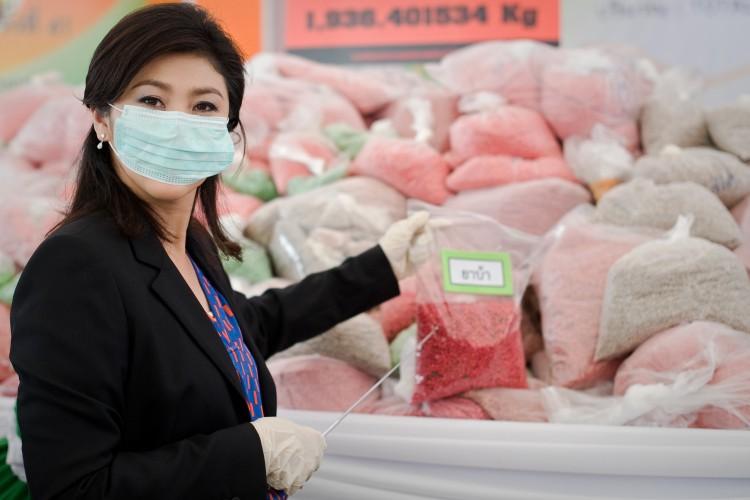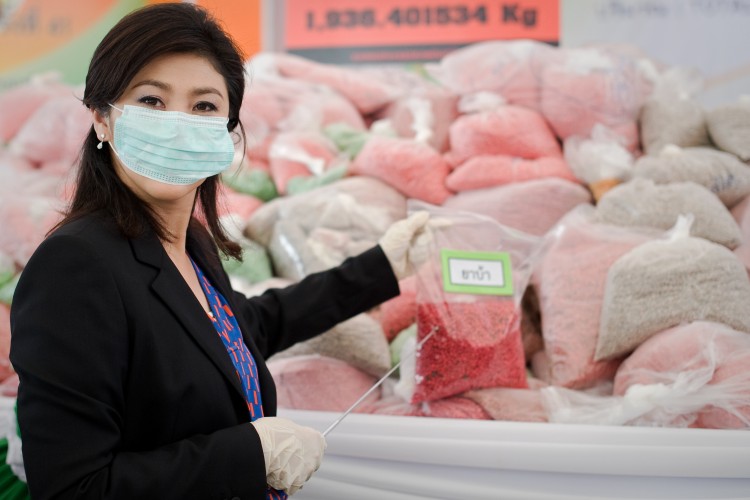The number of seizures of the illicit substance crystal meth in Southeast and East Asia has increased dramatically, according to the United Nations.
The United Nations Office on Drugs and Crime found in a report released Wednesday that crystalline methamphetamine, or crystal meth, is more prominent than ever in East and Southeast Asia.
While methamphetamine pills remain the top illicit drug in the region, seizures of crystal meth— which is in liquid form and considered more potent—have reached record levels.
The agency said in a report Wednesday that five times as many methamphetamine pills have been seized since 2007. But while there was a 9 percent decrease in the number of pills seized by authorities in 2011, the seizures of crystal meth rose by 23 percent to 8.8 metric tons.
Burma produces the most methamphetamine pills in the region; the country is also the second largest producer of heroin and opium in the world after Afghanistan.
But there has been a significant amount of crystal meth produced in China, Indonesia, Malaysia, and the Philippines. There is also “large-scale manufacturing” in Cambodia, the U.N. said.
“During the past five years, the availability and use of methamphetamine has increased significantly. This and the increasing involvement of transnational organized criminal groups in the illicit trade of amphetamine-type stimulants pose a growing threat to both the security and public health in the region,” stated Gary Lewis, the representative of the United Nations Office on Drugs and Crime in the Asia Pacific.






